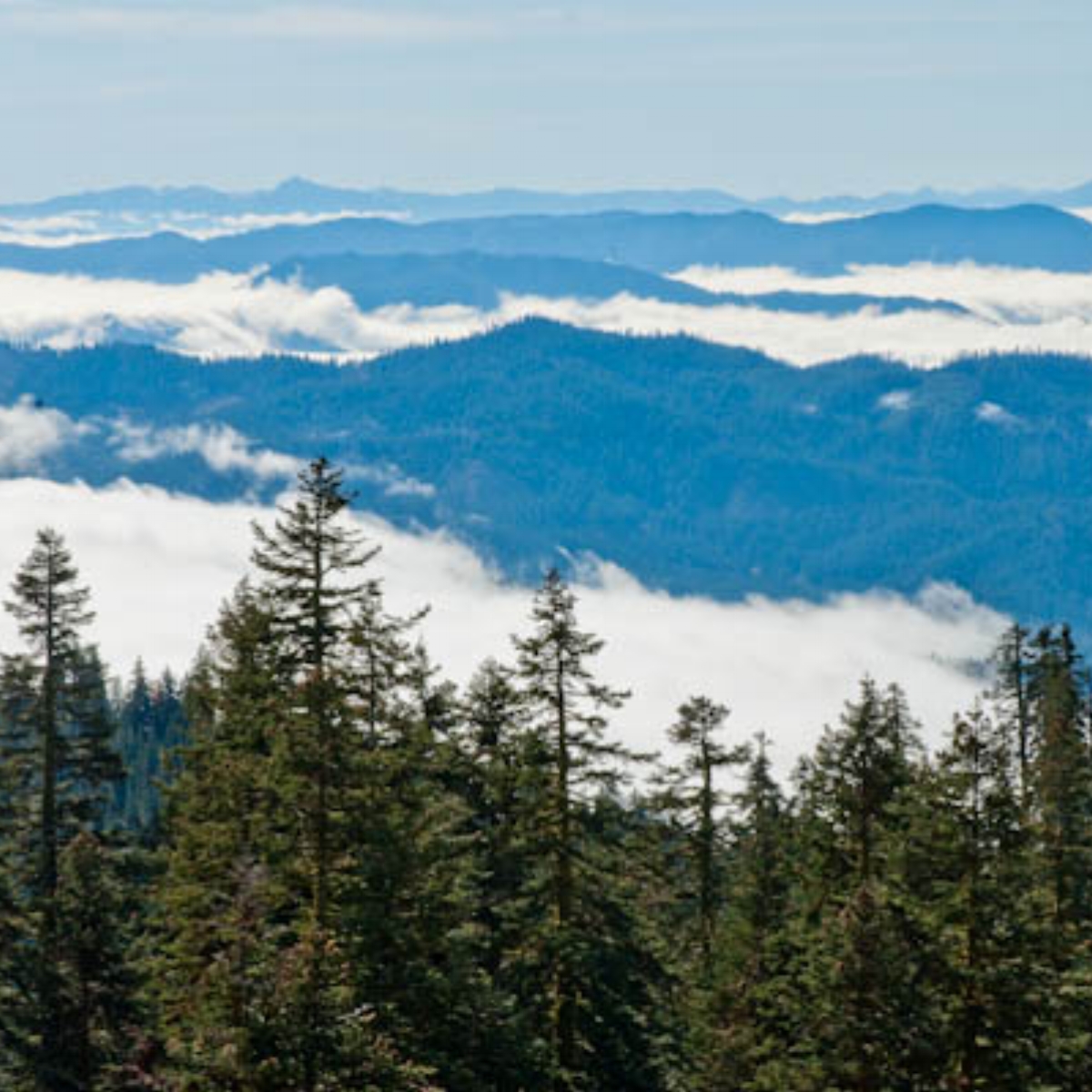“Each town should have a park…a common possession forever..”
— Henry David Thoreau
An expansion of America’s National Park System would help to fight climate change, prevent the loss of wildlife species, and provide vital public green space. Yet, we have barely increased parkland acreage since the 1990s and our existing parks are underfunded and often crowded.
Conservationists have identified 100 additional areas that could meet national park qualifications. Most of them are urgently threatened by resource extraction or development. The New National Parks campaign — a project of RESTORE: The North Woods — is working with grassroots groups across the country to protect these special places before they are seriously damaged or ruined.
Listen to RESTORE’s Michael Kellett talking about the vision of TRIPLING America’s National Park System in the Rewilding Earth podcast below.
New National Parks Campaign
Grassroots groups across the country are calling for the designation of important places in their regions as national parks. RESTORE is using experience gained during a quarter century of national park advocacy to identify potential new parks, assist groups working on park campaigns, rally public support, and build a nationwide grassroots national parks coalition. The goal is the passage of legislation that designates dozens of new parks that benefit every corner of America.
Maine Woods
Henry David Thoreau called for a "national preserve" in the Maine Woods 150 years ago. Decades of logging have diminished the primeval wilderness, but the natural essence of this vast forested landscape remains largely intact. In 1994, RESTORE proposed a Maine Woods National Park & Preserve worthy of Thoreau's vision — a 3.2-million-acre wildland larger than Yellowstone and Yosemite combined. The designation of a key portion of the area as Katahdin Woods and Waters National Monument is an important step. However, many other parts of the proposed park still need protection.
White Mountains and Green Mountains
The White Mountain National Forest is the largest tract of public land in New England and the largest tract of federal land in the Northeastern United States. The U.S. Forest Service, which originally worked to heal the damage done by decades of unrestricted logging, has returned to that discredited management approach. RESTORE is working with citizens to redesignate the forest as White Mountain National Park, which would permanently protect this spectacular forest.
The Green Mountain National Forest in Vermont is also a lush and beautiful expanse of forests, rivers and streams, ponds, and wetlands. About 25% of the forest is protected as Wilderness but the rest is increasingly threatened by industrial logging and artificial clearing that benefits common game animals. A Green Mountain National Park would permanently protect this remarkable landscape for the benefit of the people of Vermont, New England, and America.
Massachusetts National Parks
RESTORE is working with grassroots groups and individuals to explore the potential for new national parks in Massachusetts, including public lands in the Berkshires and the Quabbin region. These beautiful landscapes not only need stronger protection, but they would provide significant benefits to the local economy.
Sturgeon River, Ottawa National Forest, M.Kellett
Michigan National Parks
A Michigan grassroots group, Protect the Porkies is working to stop a massive copper mine next to Porcupine Mountains Wilderness State Park and Lake Superior. RESTORE has proposed the creation of a North Woods National Park that would encompass the proposed mine as well as adjacent national forest lands in the western Upper Peninsula and northern Wisconsin. The park would not only protect public lands from logging and other exploitation, but it could also draw attention to the importance of the area, increase public pressure to stop the copper mine, and provide permanent protection for those lands.






